-
 Bitcoin
Bitcoin $114400
0.68% -
 Ethereum
Ethereum $3550
2.48% -
 XRP
XRP $3.001
4.99% -
 Tether USDt
Tether USDt $0.9999
0.01% -
 BNB
BNB $757.6
1.46% -
 Solana
Solana $162.9
1.07% -
 USDC
USDC $0.9998
0.00% -
 TRON
TRON $0.3294
0.91% -
 Dogecoin
Dogecoin $0.2015
2.46% -
 Cardano
Cardano $0.7379
2.01% -
 Stellar
Stellar $0.4141
8.83% -
 Hyperliquid
Hyperliquid $37.83
-1.91% -
 Sui
Sui $3.454
0.76% -
 Chainlink
Chainlink $16.62
3.53% -
 Bitcoin Cash
Bitcoin Cash $554.6
2.84% -
 Hedera
Hedera $0.2486
3.91% -
 Ethena USDe
Ethena USDe $1.001
0.00% -
 Avalanche
Avalanche $21.95
3.34% -
 Toncoin
Toncoin $3.563
-2.85% -
 Litecoin
Litecoin $112.7
2.65% -
 UNUS SED LEO
UNUS SED LEO $8.977
0.13% -
 Shiba Inu
Shiba Inu $0.00001232
1.85% -
 Uniswap
Uniswap $9.319
2.93% -
 Polkadot
Polkadot $3.632
1.38% -
 Monero
Monero $307.2
2.36% -
 Dai
Dai $0.9997
-0.03% -
 Bitget Token
Bitget Token $4.340
0.91% -
 Pepe
Pepe $0.00001048
1.07% -
 Cronos
Cronos $0.1348
3.26% -
 Aave
Aave $261.5
1.93%
BingX Margin Trading Demonstration Example
Margin trading amplifies both profits and losses, so understanding the risks involved is crucial before engaging in this financial technique.
Nov 25, 2024 at 01:17 am
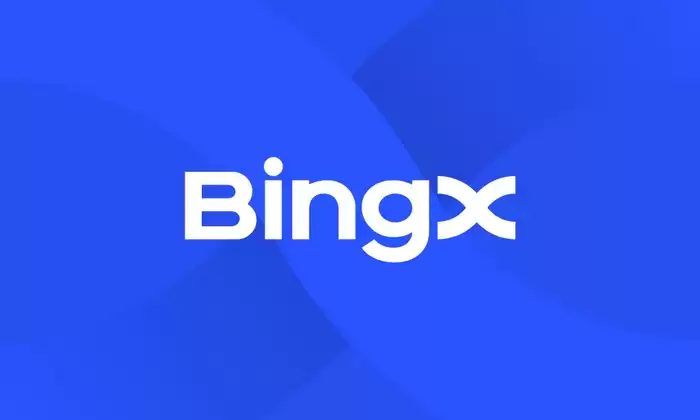
BingX Margin Trading Demonstration Example: A Comprehensive Guide
Step 1: Understanding Margin Trading
Margin trading is a financial technique that allows traders to borrow funds from a broker to increase their trading capital. This leverage can amplify both profits and losses, so it's crucial to understand the risks involved before engaging in margin trading.
Benefits of Margin Trading:
- Increased Buying Power: Leverage amplifies purchasing power, enabling traders to acquire more assets with less capital.
- Profit Amplification: The same leverage that increases buying power also amplifies potential profits.
- Short Selling Opportunities: Margin trading allows traders to sell assets they don't own, enabling them to profit from price declines.
Risks of Margin Trading:
- Increased Losses: Leverage amplifies losses as well as profits, potentially leading to significant capital erosion.
- Margin Calls: If a trader's margin account falls below a certain level, the broker may issue a margin call, requiring the trader to deposit additional funds or liquidate positions.
- Liquidation: If a trader fails to meet a margin call, the broker may liquidate open positions to cover the outstanding balance.
Step 2: Choosing a Margin Trading Platform
Selecting a reliable and user-friendly margin trading platform is crucial for a successful trading experience. Consider the following factors:
- Regulation and Trustworthiness: Choose platforms that are licensed and regulated by reputable authorities, ensuring transparency and safety.
- Trading Fees and Commissions: Compare trading fees and commissions among platforms to optimize profitability.
- Asset Selection: Ensure the platform offers a diverse selection of trading instruments, including cryptocurrencies, forex, stocks, and commodities.
- Leverage Options: Choose platforms that provide customizable leverage options to suit your risk tolerance and trading strategy.
- User Interface and Features: Select a platform with a user-friendly interface and advanced features that align with your trading needs.
Step 3: Opening a Margin Trading Account
Once you've chosen a platform, open a margin trading account by following these steps:
- Complete KYC Verification: Submit personal identification documents to verify your identity and satisfy regulatory requirements.
- Fund Your Account: Transfer funds into your margin trading account using supported payment methods, such as bank transfers or crypto transfers.
- Activate Margin Trading: Enable the margin trading feature within your account settings to access borrowed funds.
Step 4: Selecting a Trading Strategy
Before initiating trades, develop a clear trading strategy to guide your decision-making process. Consider the following approaches:
- Trend Following: Identify market trends and trade in the direction of the trend for potential profit maximization.
- Range Trading: Capitalize on price fluctuations within a defined range, buying near support levels and selling near resistance levels.
- Scalping: Open and close positions quickly to profit from small price movements, requiring rapid execution and precise entry and exit points.
- News Trading: Trade based on market news and events that can significantly impact asset prices, requiring real-time monitoring and quick reaction times.
Step 5: Placing a Margin Trade
To place a margin trade, follow these steps:
- Select the Asset: Choose the trading pair you wish to trade, such as BTC/USDT or ETH/USD.
- Specify the Order Type: Choose the order type that suits your trading strategy, such as market order, limit order, or stop order.
- Determine Leverage: Select the desired leverage amount, carefully considering the risks involved.
- Set Price and Quantity: Specify the price and quantity of your trade, ensuring they align with your trading strategy and available margin.
- Confirm the Trade: Review the trade details and confirm the order to execute the trade.
Step 6: Monitoring and Managing Open Positions
Once a trade is executed, monitor its performance regularly to ensure it aligns with your trading plan:
- Monitor Price Action: Track the asset's price movements in real-time to identify potential profit and loss scenarios.
- Manage Risk: Adjust the stop-loss and take-profit levels as needed to protect your capital and maximize profitability.
- Track Margin Usage: Monitor the margin utilization ratio to ensure it remains within acceptable levels, avoiding potential margin calls.
- Close the Trade: Exit the trade by closing the position when the predetermined profit target or stop-loss level is reached.
Disclaimer:info@kdj.com
The information provided is not trading advice. kdj.com does not assume any responsibility for any investments made based on the information provided in this article. Cryptocurrencies are highly volatile and it is highly recommended that you invest with caution after thorough research!
If you believe that the content used on this website infringes your copyright, please contact us immediately (info@kdj.com) and we will delete it promptly.
- Cryptocurrency, Altcoins, and Profit Potential: Navigating the Wild West
- 2025-08-04 14:50:11
- Blue Gold & Crypto: Investing Disruption in Precious Metals
- 2025-08-04 14:30:11
- Japan, Metaplanet, and Bitcoin Acquisition: A New Era of Corporate Treasury?
- 2025-08-04 14:30:11
- Coinbase's Buy Rating & Bitcoin's Bold Future: A Canaccord Genuity Perspective
- 2025-08-04 14:50:11
- Coinbase's Buy Rating Maintained by Rosenblatt Securities: A Deep Dive
- 2025-08-04 14:55:11
- Cryptos, Strategic Choices, High Returns: Navigating the Meme Coin Mania
- 2025-08-04 14:55:11
Related knowledge
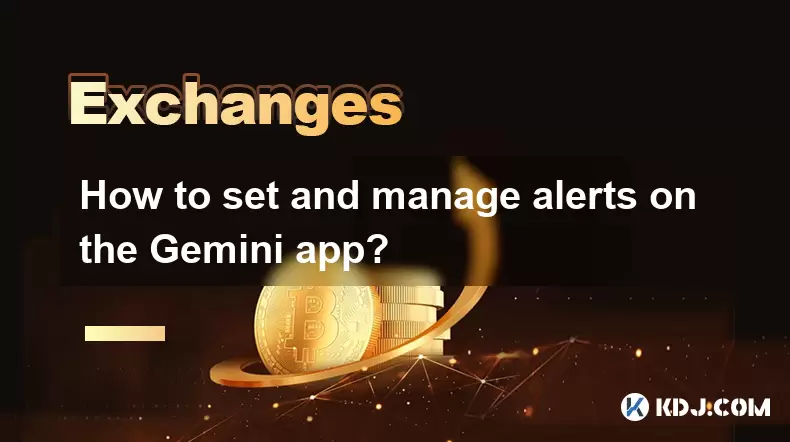
How to set and manage alerts on the Gemini app?
Aug 03,2025 at 11:00am
Understanding the Gemini App Alert SystemThe Gemini app offers users a powerful way to stay informed about their cryptocurrency holdings, price moveme...

How to use the Gemini mobile app to trade on the go?
Aug 04,2025 at 09:14am
Setting Up the Gemini Mobile AppTo begin trading on the go using the Gemini mobile app, the first step is installing the application on your smartphon...
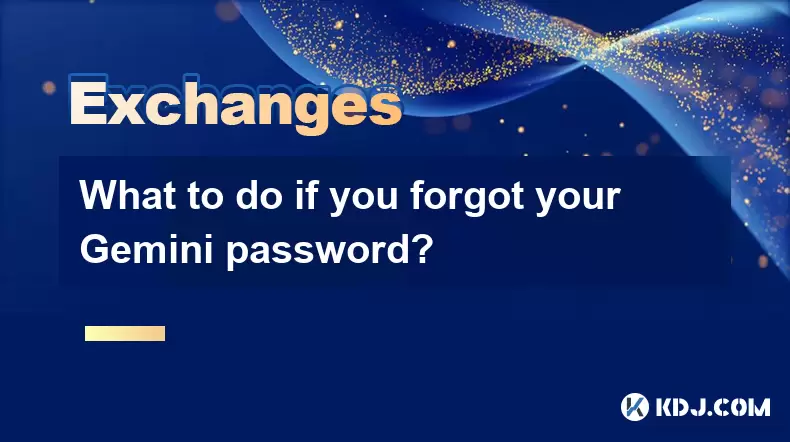
What to do if you forgot your Gemini password?
Aug 04,2025 at 03:42am
Understanding the Role of Passwords in Gemini AccountsWhen using Gemini, a regulated cryptocurrency exchange platform, your password serves as one of ...

What are the websocket feeds available from the Gemini API?
Aug 03,2025 at 07:43pm
Overview of Gemini WebSocket FeedsThe Gemini API provides real-time market data through its WebSocket feeds, enabling developers and traders to receiv...
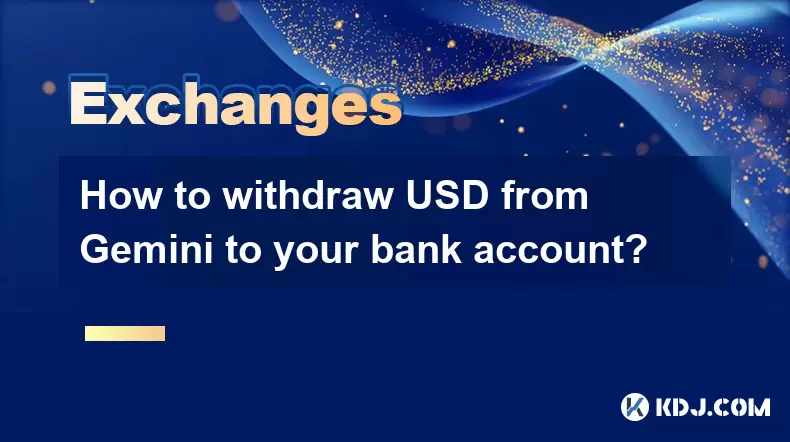
How to withdraw USD from Gemini to your bank account?
Aug 04,2025 at 11:01am
Understanding Gemini and USD WithdrawalsGemini is a regulated cryptocurrency exchange platform that allows users to buy, sell, trade, and store digita...
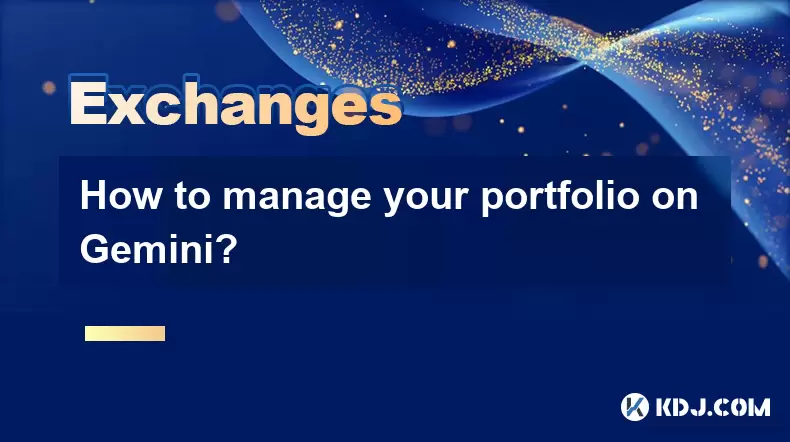
How to manage your portfolio on Gemini?
Aug 03,2025 at 10:36am
Accessing Your Gemini Portfolio DashboardTo begin managing your portfolio on Gemini, you must first log in to your account through the official websit...

How to set and manage alerts on the Gemini app?
Aug 03,2025 at 11:00am
Understanding the Gemini App Alert SystemThe Gemini app offers users a powerful way to stay informed about their cryptocurrency holdings, price moveme...

How to use the Gemini mobile app to trade on the go?
Aug 04,2025 at 09:14am
Setting Up the Gemini Mobile AppTo begin trading on the go using the Gemini mobile app, the first step is installing the application on your smartphon...

What to do if you forgot your Gemini password?
Aug 04,2025 at 03:42am
Understanding the Role of Passwords in Gemini AccountsWhen using Gemini, a regulated cryptocurrency exchange platform, your password serves as one of ...

What are the websocket feeds available from the Gemini API?
Aug 03,2025 at 07:43pm
Overview of Gemini WebSocket FeedsThe Gemini API provides real-time market data through its WebSocket feeds, enabling developers and traders to receiv...

How to withdraw USD from Gemini to your bank account?
Aug 04,2025 at 11:01am
Understanding Gemini and USD WithdrawalsGemini is a regulated cryptocurrency exchange platform that allows users to buy, sell, trade, and store digita...

How to manage your portfolio on Gemini?
Aug 03,2025 at 10:36am
Accessing Your Gemini Portfolio DashboardTo begin managing your portfolio on Gemini, you must first log in to your account through the official websit...
See all articles

























































































